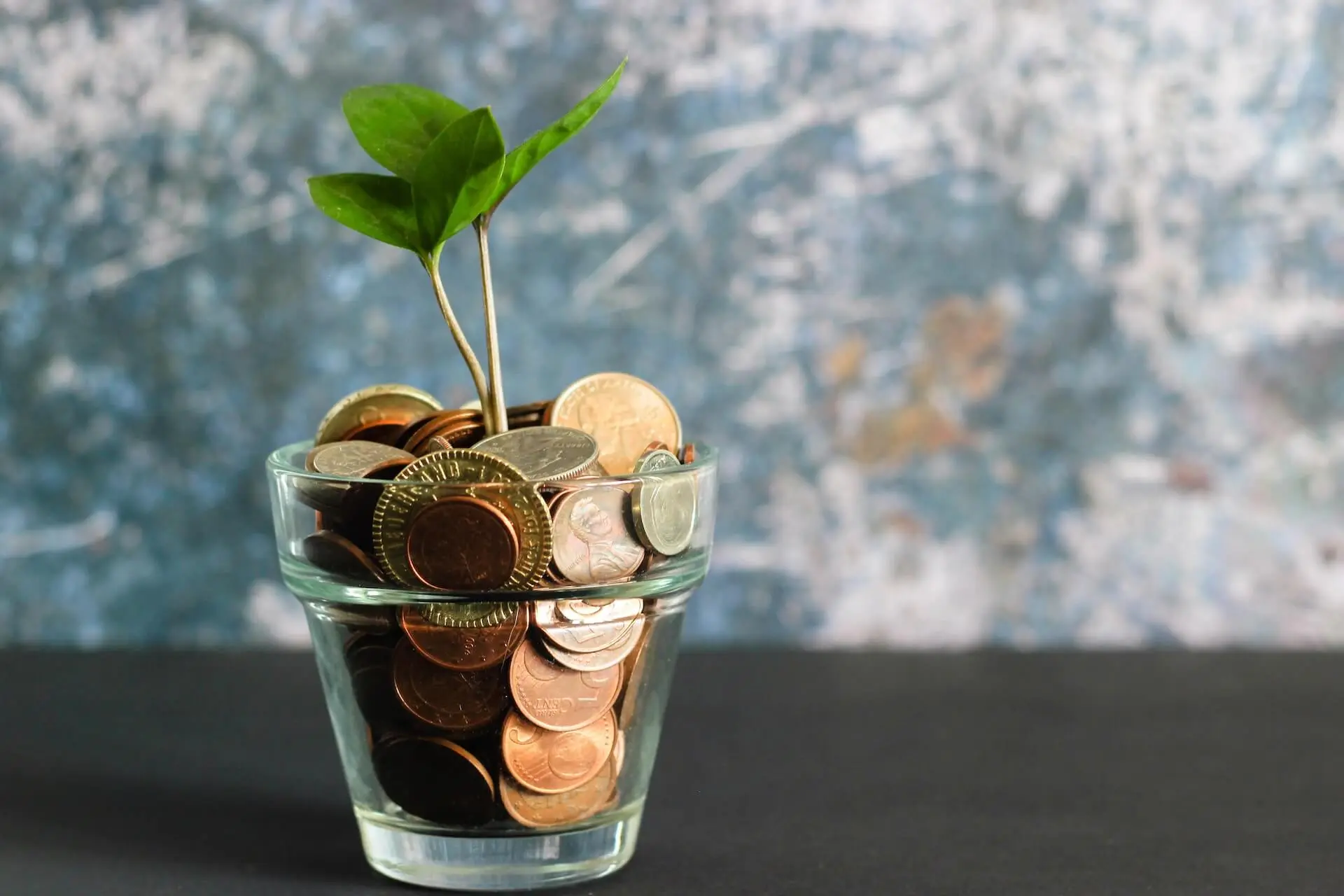Coupons aren’t just pieces of paper or digital codes.
They’re your ticket to smarter spending and bigger savings. From their humble beginnings as Coca-Cola vouchers in 1887 to the digital age of apps and promo codes, coupons have been helping savvy shoppers stretch their dollars for over a century.
And in today’s economy, where every penny counts, they’ve become more valuable than ever.
According to a 2021 Coupon Follow study, the average U.S. household could save $1,465 annually by using coupons – an extra $122 a month to put toward your savings goals, investments, or even a little splurge.
Whether you’re new to couponing or looking to refine your strategy, this article will teach you the smart ways to incorporate coupons into your lifestyle without falling into retailer traps.
Are you maximizing the way you shop and save?
Let’s dive into the world of couponing and discover how these small discounts can make a big impact on your budget.
What is a coupon?
A coupon is simply a voucher that entitles the holder to a discount on a purchase. They have always been a popular tool for saving money on purchases by bargain hunters and thrift shoppers.
According to the History channel, the first company to offer coupons in the US was good ol’ Coca-Cola in 1887.
Owner Asa Candler wanted a way to get people to try his then relatively unknown product, so he started handing out vouchers for free Cokes (Which then cost 5 cents.). We know how that story goes from there.
A 2021 study by Coupon Follow estimated that coupons could save about $1,465 in expenses annually for the average US household.
Turns out, the age-old practice of clipping (Or I guess pinning/screenshotting?) coupons can save you about $122 a month. Nothing to sniff at, especially when the cost of everything keeps climbing.

8 Steps to Using Coupons to Save Money
Here’s a step-by-step guide on how to effectively use coupons to save money when you go shopping.
1. Hunt for coupons.
The initial step is to search for discounts.
There are multiple sources and methods for obtaining coupons. Newspapers and periodicals are the conventional methods for obtaining deals. Sunday publications’ coupon sections are popular.
However, technology has also enabled digital coupon distribution. Coupon-specific mobile applications include:
You can also search for deals directly on the company’s websites. Searching for your favorite store or the place you’re trying to save at can leave you with additional savings.
There are some retailers that include them in their weekly or monthly emails. They are frequently combinable with manufacturer coupons for additional savings.
2. Organize your coupons.
Now that you starting to build a collection, the next step is getting them organized.
Consider using a small accordion-style folder or an envelope to keep them organized under different categories (e.g., groceries, household, personal care).
This will help you quickly find the ones you need while shopping.
If they’re digital, you can make a folder in your email or photo gallery to make it easier to find when you hit the store to redeem them.
3. Read the coupon’s fine print.
Prior to visiting the store, familiarize yourself with its coupon policy.
It can be embarrassing to have your coupon rejected due to expiration or ineligibility.
Each retailer may have distinct usage policies, including:
- expiration dates
- stacking
- doubling
Understanding these policies will prevent confusion and dissatisfaction at the register.
4. Create a shopping list.
Planning is key!
Make a list of the items you need to purchase before you go shopping. Note any deals that correspond to these items.
5. Combine them with sales.
Maximize your savings by using coupons when the items are already on sale.
This “stacking” technique can lead to significant discounts. Pay attention to items that are on clearance or marked down, as these are excellent opportunities to use them.
6. Stick to your shopping plan.
When you get to the store, stick to the list you made.
Be disciplined and avoid impulse buying. Even though they can be tempting, don’t buy something just because you have a coupon for it if you don’t really need or want it.
7. Review receipts.
Check your receipt after you’ve made a purchase to make sure that all your coupons were used properly.
It’s important to catch any mistakes before you leave the store.
8. Keep an eye on sales, promotions, and new coupons.
Sign up for newsletters or emails from your favorite shops and coupon sites to find out about new deals.
If you follow these steps and use your coupons carefully, you can save a lot of money on your normal shopping costs. It’s a smart way to stretch the money you’ve worked hard for.
Just make sure that getting a daily or weekly email doesn’t entice you to buy more than you need! The trick to saving is to use the sales and coupons for when you actually need something and will use it.
How to use coupons the right way
Couponing isn’t a one-way ticket out of debt, but there are ways to use them to your advantage without falling victim to retailer tactics.
Make couponing part of your lifestyle.
There are some costs you don’t have a lot of control over, such as your mortgage, rent, tuition, and child care expenses.
However, you do have control over your purchasing habits. The amount you spend on consumables, personal care products, entertainment, and travel is entirely up to you, and you can adjust it to fit your budget.
Using coupons can assist you in adjusting your spending and staying within your budget.
Use coupon savings in a smart way.
Coupons no doubt help you spend money, but how about taking it a step further?
If you can, invest the extra amount saved.
If you get a 20 or 30 percent discount, rather than just being comfortable with the money saved, why not put that money into an investment like index funds or ETFs?
You can even use it to pay off some debt. The reality is that you would have spent that money without the coupons, so putting what you have saved to good use is a financially savvy way to use them.
Get rewarded for your loyalty.
Occasionally, manufacturers will send you complimentary items to show their appreciation for your adoration of their product.
Thank the manufacturers of your favorite brands by sending them an email. You could receive deals in exchange.
Start small.
Some coupons may only save you a small amount of money, but don’t be disheartened.
A dollar here and there can accumulate over time. Consider it a dollar or two less than you would have otherwise spent. Consider your savings over a month or year as opposed to a single shopping excursion.
Final Thoughts
Coupons are an effective method for overcoming financial obstacles, and more importantly, they teach how to use money efficiently and strategically.
Whether you’re seeking a discount or borrowing to purchase a property, it is important to realize that how you use money will either make or break your financial future.
You will begin to see progress as you learn how to:
- follow your sales cycles
- pair coupons with sales
- create a stockpile
- locate more discounts
Like Legos, these little objects begin to pile up on top of one another. As you connect them, your tower grows in height, and as your tower grows, so do your savings.
Editor’s note: This article was originally published Sep 6, 2023 and has been updated to improve reader experience.
Photo by: @noelle-designs on Canva



















